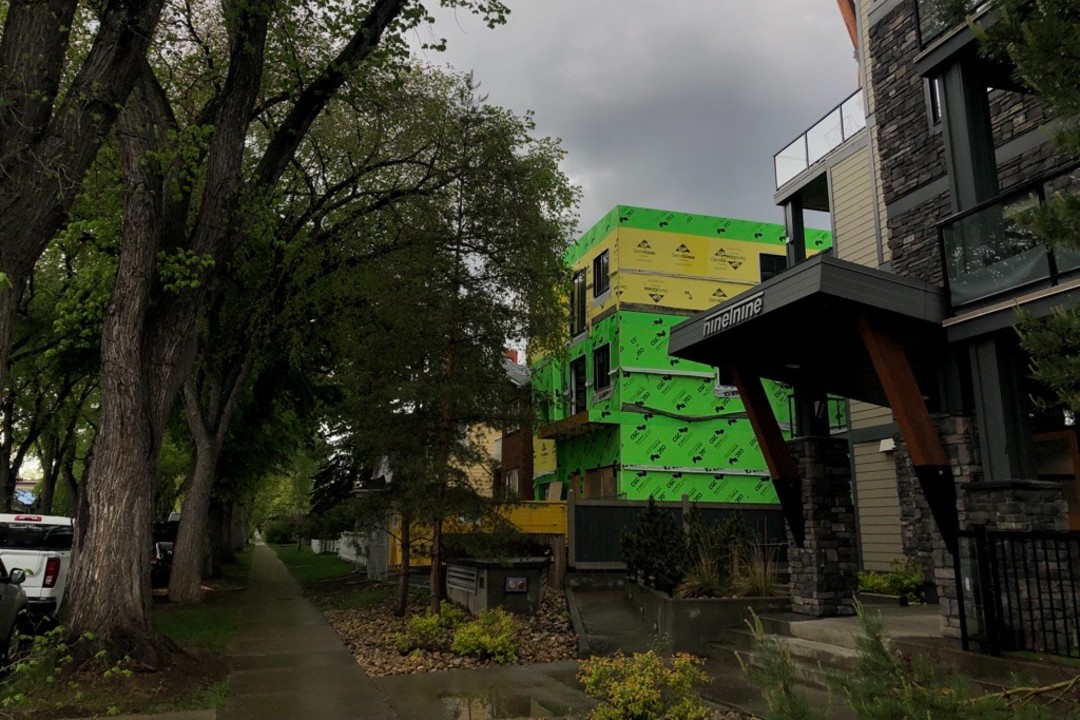
One year after zoning reform, housing surges but sprawl continues
The way and the speed at which Edmonton develops is starting to change, thanks in part to the updated zoning bylaw, according to city administration.
Travis Pawlyk, branch manager of development services, told Taproot on May 23 that the city approved 16,519 new dwelling units in 2024, a 30% increase compared to 2023. The volume of development permits the city received also increased by 41% in 2024.
Pawlyk said the increase in housing development is surprising but encouraging.
"Obviously, (the increase) was fuelled by population growth, so I would say that (the new bylaw) is working," he said. "We've been able to accommodate all of these new Edmontonians, and for the future, that's what we would like to achieve through this zoning bylaw — to accommodate and facilitate that future growth to maintain Edmonton as an affordable city, a livable city, and a fiscally sustainable city."
These numbers are all within a report that details the first year of the new zoning bylaw, which went into effect on Jan. 1, 2024. Council's urban planning committee is scheduled to discuss the report on June 3. Taproot dove into the data for interesting nuggets. Here's what we found:
Tale of two cities
The data shows that Edmonton is growing differently in the developing area, located outside of Anthony Henday Drive, and in the redeveloping area inside the ring road. Even though the city saw a lot more infill and multi-unit housing built in 2024, the data shows that suburban sprawl with single-family homes is still the most common development pattern.
About 60% of the 16,519 housing units approved in 2024 will be built outside the Henday. Of those units, 43% are single-detached homes, about 20% are secondary suites, and the remainder are row housing (15%), multi-unit housing (13.5%), duplexes (5%), and backyard housing (1.4%).
Meanwhile, within the Henday, only 5% of approved units were single-detached homes. Just more than half of the approved units will be in multi-unit buildings. Row housing and secondary suites each make up about 18% of approvals, respectively.





